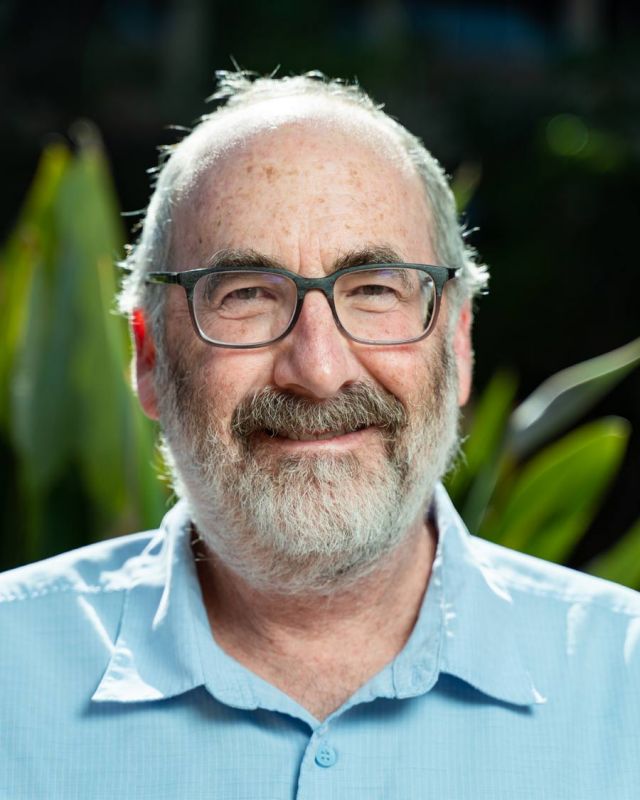Seeing the Kelp Amid the Forest at UC Santa Barbara
Satellite Imagery Tracks Kelp Forest Growth and Health Across Santa Barbara Channel

Sun Mar 27, 2022 | 9:40pm
For years, scientists learned about kelp forests 10-50 meters at a time, as divers swam among the kelp beds. They now use satellite imagery to track seaweed canopies, giving rise to larger-scale observations of the health of giant kelp forests, which pack thickly up and down the California coast. Marine scientists Tom Bell and David Siegel of UC Santa Barbara recently discovered an interesting correlation between temperature, time, and nutrients in determining the health level among kelp forests, using data from satellite and high-altitude aircraft sensors over the years.
“We found that kelp that grows in cooler, more nutrient-rich water is healthier — contains more chlorophyll pigment — and that kelp forests in these cooler regions of the [Santa Barbara] Channel are more persistent,” said Bell, who is also affiliated with the Woods Hole Oceanographic Institution in Massachusetts. “However, we also found that when you zoom in on individual kelp forests, parts of the forest decline earlier than other parts of the forest, despite the nutrient levels remaining constant across the whole forest.”
Kelp has a lifespan of about 100 days. Scientists had thought ocean nutrients determined kelp health, which Bell and Siegel’s research also found in the larger forest. But in smaller patches, the sea plants would die after about 100 days, regardless of nutrient levels, and events like storms can wipe out entire forests. The research adds to patterns seen in plant health and abundance in other species on a more global scale. “This means that similar processes are also occurring in other ecosystems, like forests and our local chaparral, just over longer time scales,” said Bell.
“The reason why kelp forest ecosystems are so important and interesting is the immense abundance and diversity of species that live within them,” said Bell. Kelp forests are also culturally significant to native peoples and can be farmed and used in products such as toothpaste and ice cream. UCSB is currently working on research regarding the formation of kelp into carbon-neutral fuel and carbon sequestration to counteract climate change.
This research was done with the help of the Santa Barbara Coastal Long Term Ecological Research Project at UCSB. A new website is underway that tracks how kelp forests across California are doing. The map on the website allows the public to see changes in kelp forests over the past 38 years.